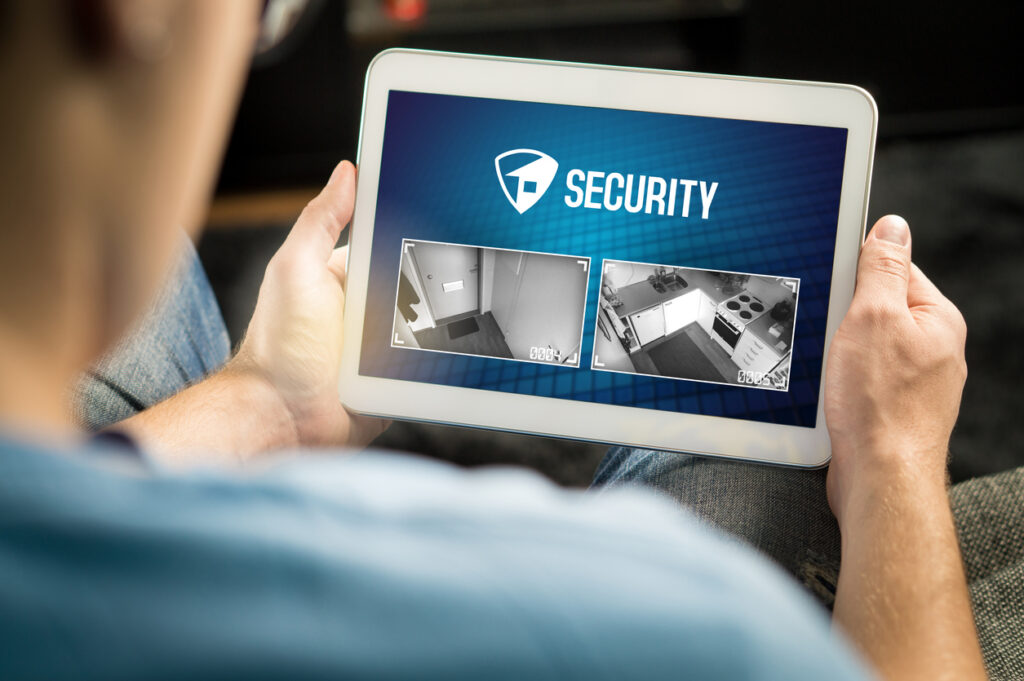
Everyone has a right to privacy, including people with disabilities who may want remote supports [1] at their home to increase their independence, health, and safety. But certain kinds of remote supports may compromise a person’s privacy, so it is crucial that people understand how their privacy will be affected if they consent to remote supports. Such understanding can only be assured if individuals give full, informed consent for the use of remote supports to monitor their actions at their home or community.
Full, informed consent is a process in which a service provider gives an individual a full explanation about the remote supports that are proposed for their home or community. While some people might conclude that remote supports are too intrusive, others might be comforted by the thought that someone who knows them can check in on them and make sure they are okay.
The service provider should clearly explain the benefits and the risks of the remote supports, with special emphasis on how they may affect both the person’s privacy and safety. Additionally, it is important for service providers to make sure that the remote supports meet all regulatory and applicable waiver requirements. This consent process is typically completed using a written disclosure form that must be signed by the waiver participant, their legal representative, and case manager. Before the contract is signed, the service provider should also offer verbal explanations of the privacy implications of remote supports to help ensure the necessary understanding.
To help make an informed decision on whether to give consent for remote supports, we at PATF urge people to include others to be part of the decision-making process. For example, this might include a family member, friend, the interdisciplinary team, case manager or a caregiver.
PA Dept. of Human Services has published a helpful resource, Guidance for Use of Assistive Technology and Remote Supports in Residential Settings. Also check out Office of Developmental Programs Residential Technology Evaluation Tool.
Smart home technology devices can be used as remote supports. To see a few examples of smart home technology remote supports, visit our Smart Homes Made Simple website: https://smarthomesmadesimple.org/goals/remote-supports-from-a-caregiver/
Also check out www.patf.us for more information.
[1] Remote supports involve the use of devices that use two-way communication in the individual’s home or community that allows someone from an agency who is offsite to monitor and respond to the individual’s needs. [Use of Remote Supports in Residential Settings, PA Office of Developmental Programs, January 18, 2022.]

